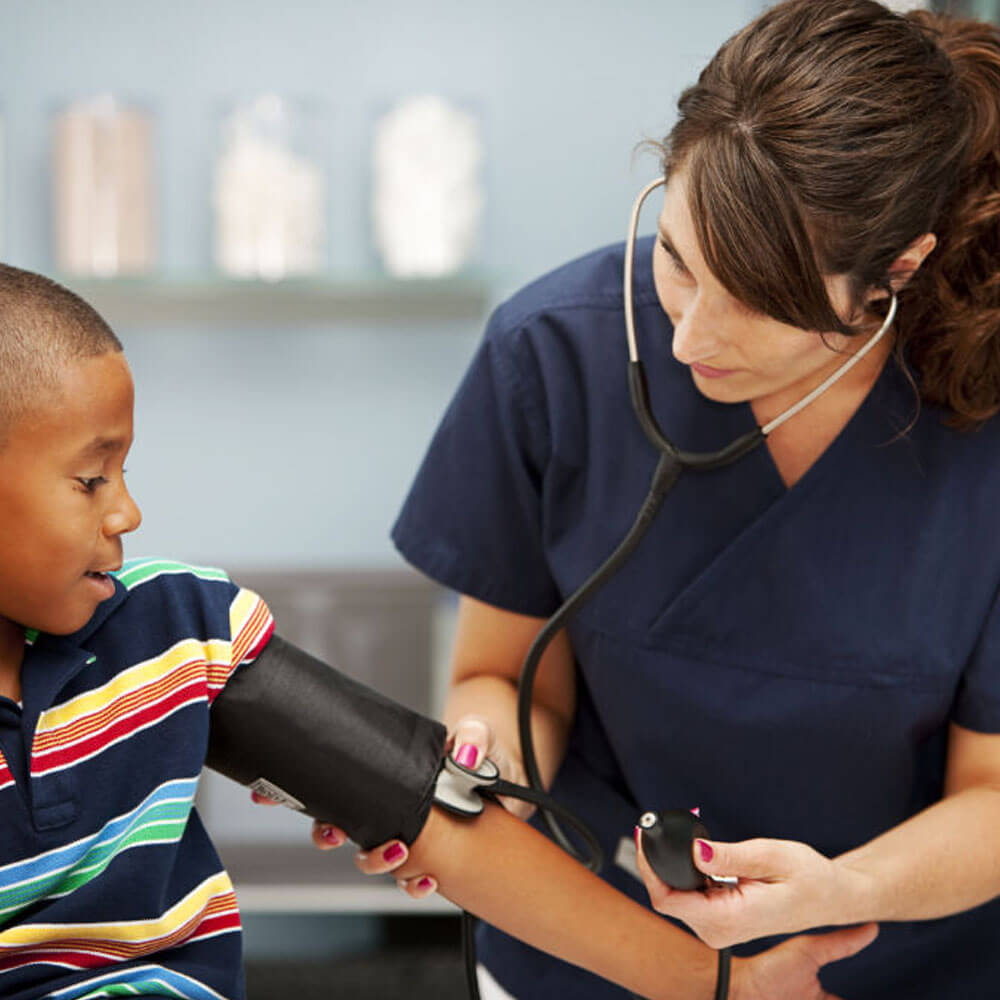
School Physicals
A physical is a routine examination that is performed by a certified medical professional to check the overall health of the patient. This is a good time to ask your provider any questions you may have regarding your mental and physical health. Most schools and sports teams make school physicals a requirement for children before they start the school year. It is important for children to get a physical before starting school, sports, or any physical activity. It is a way to access children for any serious disease especially ones of the heart. Some are born with cardiac conditions that go undetected and cause cardiac arrest during strenuous activity. Cardiac health screens are imperative during the health assessment of each child. A school physical also includes:
Up to date on Immunizations
Our medical providers will check the age and immunization records of the patient to determine if there are any vaccinations that may need to be given prior to the start of school. This could include but is not limited to the season flu vaccination, meningococcal vaccinations, hepatitis, MMR, Varicella, and dTap. Keeping yourself up to date on immunizations protects you and others around you from contracting serious illness and disease.
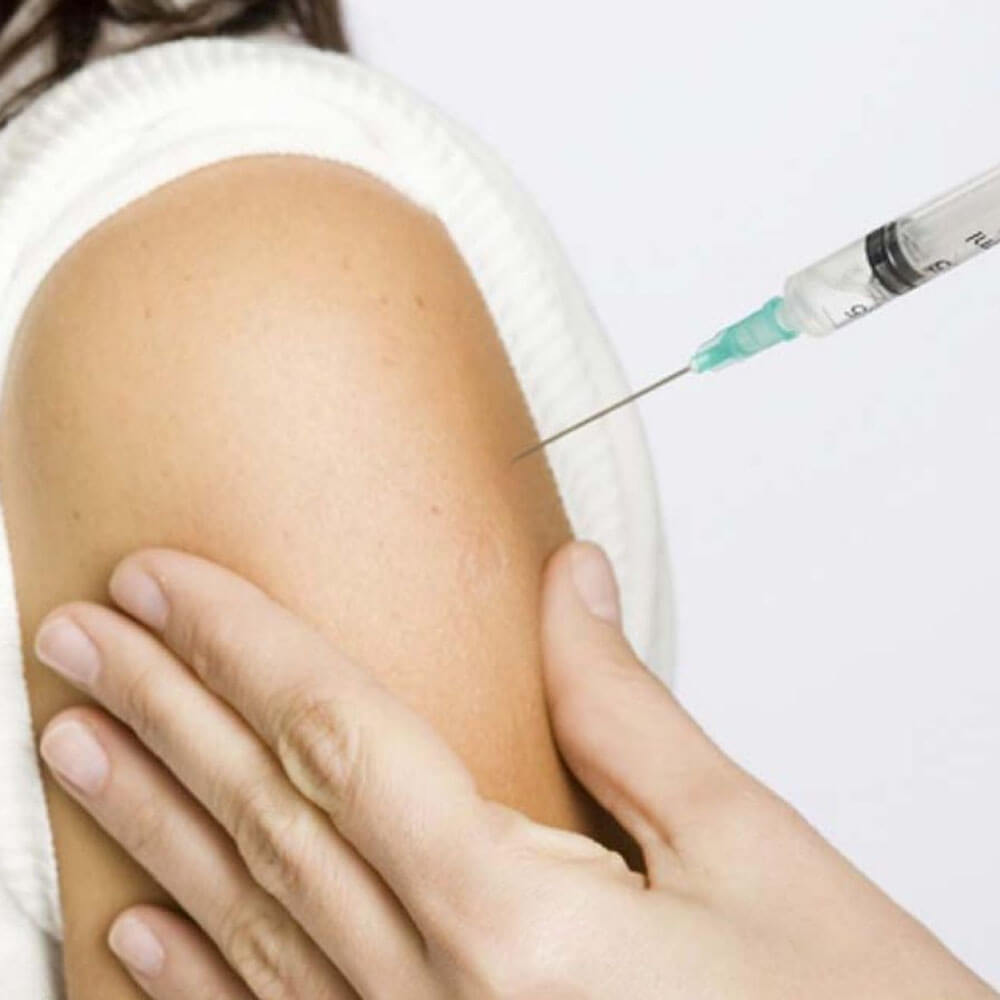
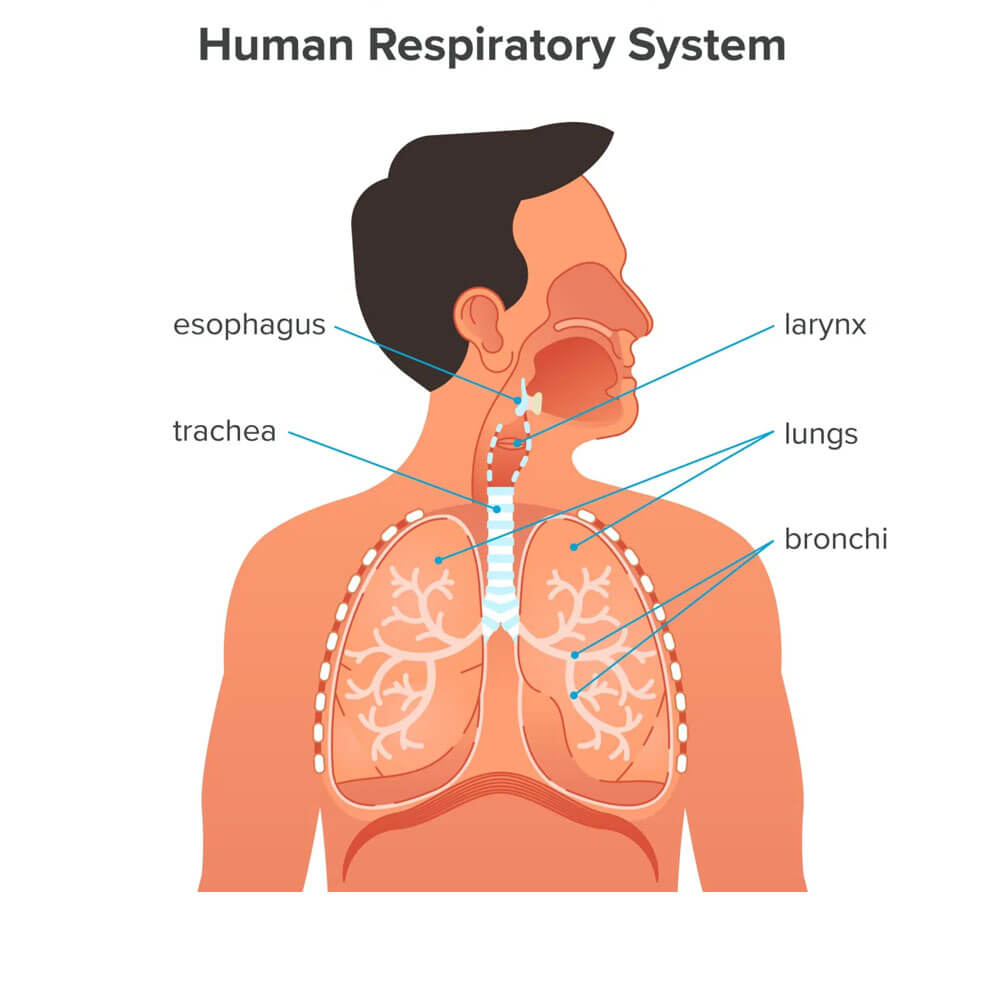
Examination of Heart, Lungs, Ears, Nose, Throat, and Abdomen
Your healthcare provider will use a stethoscope to listen for the sounds your heart, lungs, and abdomen are making. This is to look for underlying conditions that may be presenting symptom-less. The provider will listen to the four main regions of the heart where the valves are the loudest. What your heart sounds like, how loud each sound is, and how often the sounds occur will be listened for and documented. This is to look for irregular heartbeats that may be associated with certain disease states. When the provider listens to the noises your abdomen is making, they are checking for switching and gurgling, or perhaps no noise at all. Each noise is a bit of information regarding what is going on in your intestines. Next, the lungs will be checked to make sure there is clear breath, meaning there is no phlegm or mucus bogging down you’re breathing. Airflow sounds strained when they are blocked, narrowed, or filled with fluid. Wheezing also indicate that your lungs are not filling up with air properly and expanding to mass capacity. The clinician will then look in the ears, nose, and throat to inspect for any illness or irregularities that could present.
Discussion of Medical History
Discussion of medical history is important when a provider is trying to comprehensively take care of a patient. Many illnesses and disease are passed down from parents to children, knowing if other members of the same family are afflicted with disease will encourage your clinician to pay extra special attention to those areas of your body that may be affected.
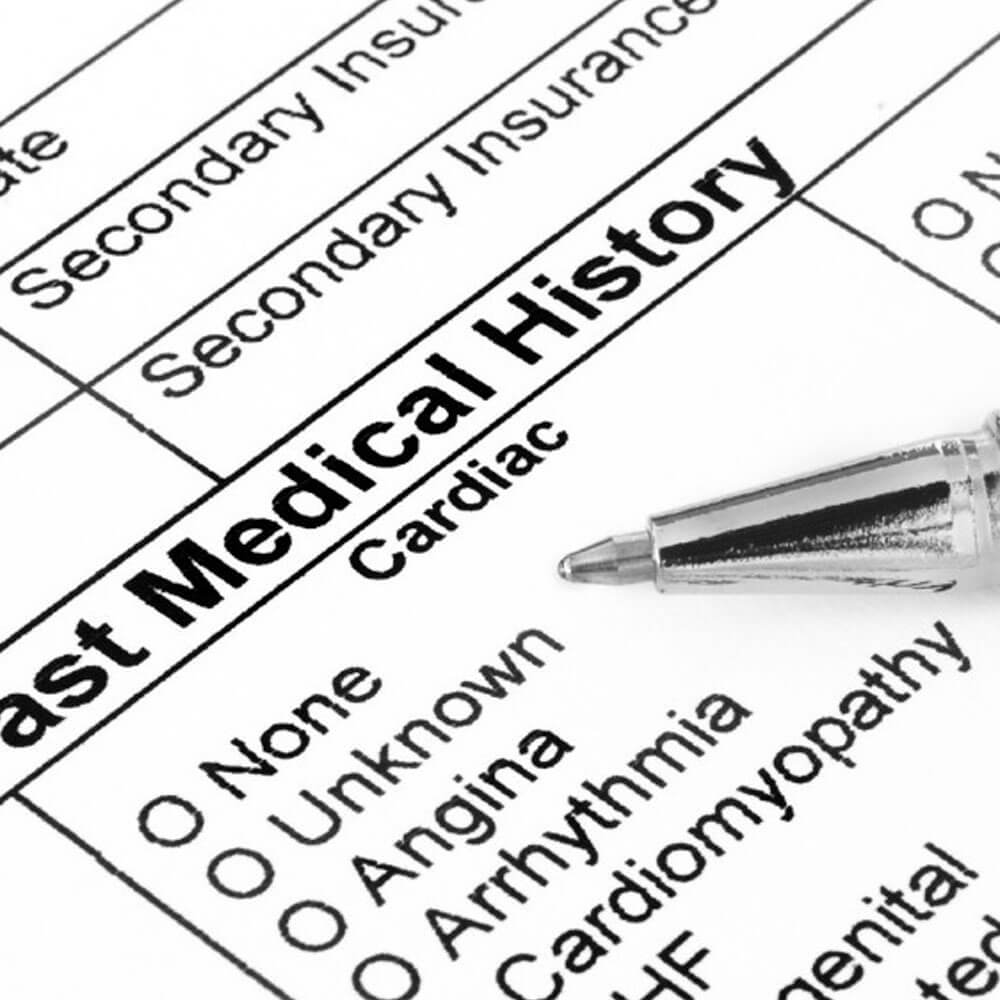
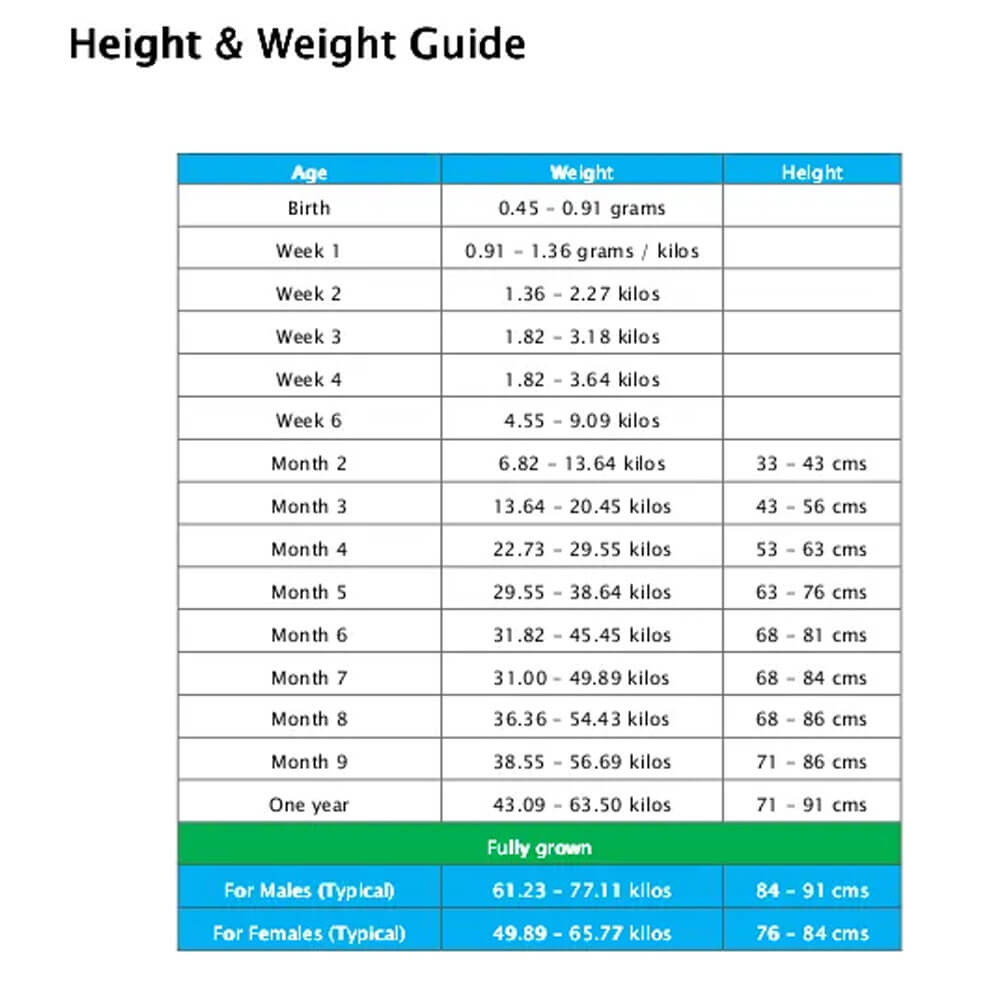
Record Height, Weight, and Age
Recording the height, weight, and age of child give the clinician a clear understanding of how each patient is growing. Proper growth is imperative for both physical and cognitive function. If the patient is below the appropriate height and weight for their age, further tests will be ordered to discover the main affliction affecting growth and development.
Vital Signs
There are four main vital signs that each clinician will be sure to measure. They include blood pressure, body temperature, respiration rate, and pulse. Temperature accesses any signs or symptoms of inflammation or an infection that could be causing the body temperature to rise. Pulse is the rate at which the heart beats, it is recorded as beats per minute. This is to check for rhythm abnormalities. Age, athleticism, and sex is taken into consideration when determining the normality of each patient’s pulse. Respiratory rate is different between ages as well. It is a clear indicator of the acidotic state inside the body. Blood pressure is measured to determine how hard the blood is being forced out of the cardiac muscles in through the vessels. Hight blood pressure also known as hypertension can lead to many other serious disease states.
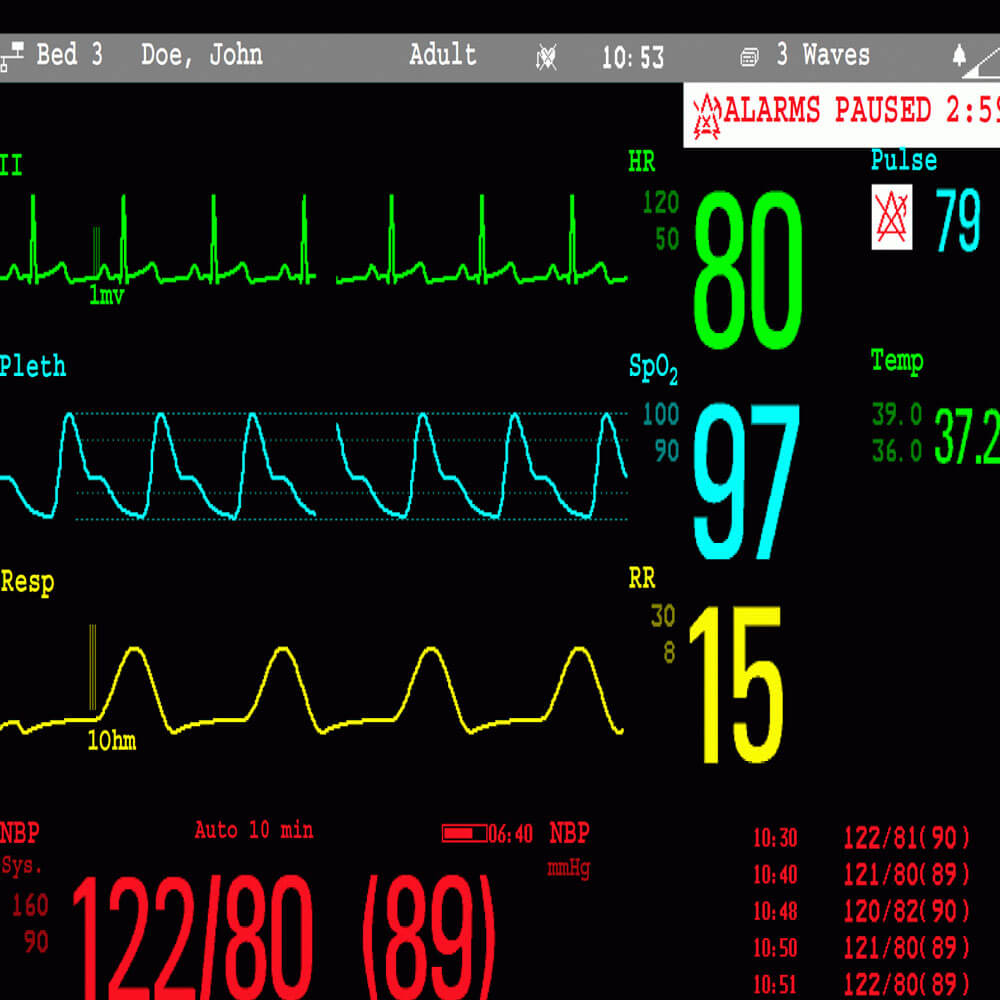

Vision and Hearing
Vision and hearing screens are performed to make sure each child can hear and see adequately. Having proper vision and hearing is an important part of learning and cognitive development from infancy to adulthood. It makes each person have a clear perception of the outside world around them. This is especially imperative for a developing child.
Reflexes
A reflex is an involuntary movement which protects your body from outside danger. The knee reflex that is commonly check by all providers is called the DTR (deep tendon reflex). It is performed by using a small mallet to tap the patellar and watch the knee-jerk reaction. This checks how fast a signal goes from your tendon to your spinal cord back to your tendon telling it to stretch. It is important for balance and keeps you standing upright. A doctor will check this reflex to make sure your nervous system is working properly.


Cognitive Development
Cognitive and behavioral development is an imperative part of a young adolescent’s physical examination. There are many mental health issues affecting are youth such as autism, depression, anxiety, self-esteem issues, PTSD, and more. There are many physical signs and symptoms that your doctor will notice and take note of when just talking to their patients. Questions will be asked about how you feel about yourself and whether you have thoughts of self-harm or harming others, this is usually discussed in adolescents who are older than a young child. In young children is important to check for eye contact and social interactions to rule out autism. Cognitive skills include long term memory, working memory, logic & reasoning, auditory processes, visual processing, processing speed, and attention. Checking for attention issues also helps rule out the possibility of ADHD (attention deficit hyperactive disorder). ADHD can have adverse effects on a child’s ability to learn and absorb information in school and home settings.

